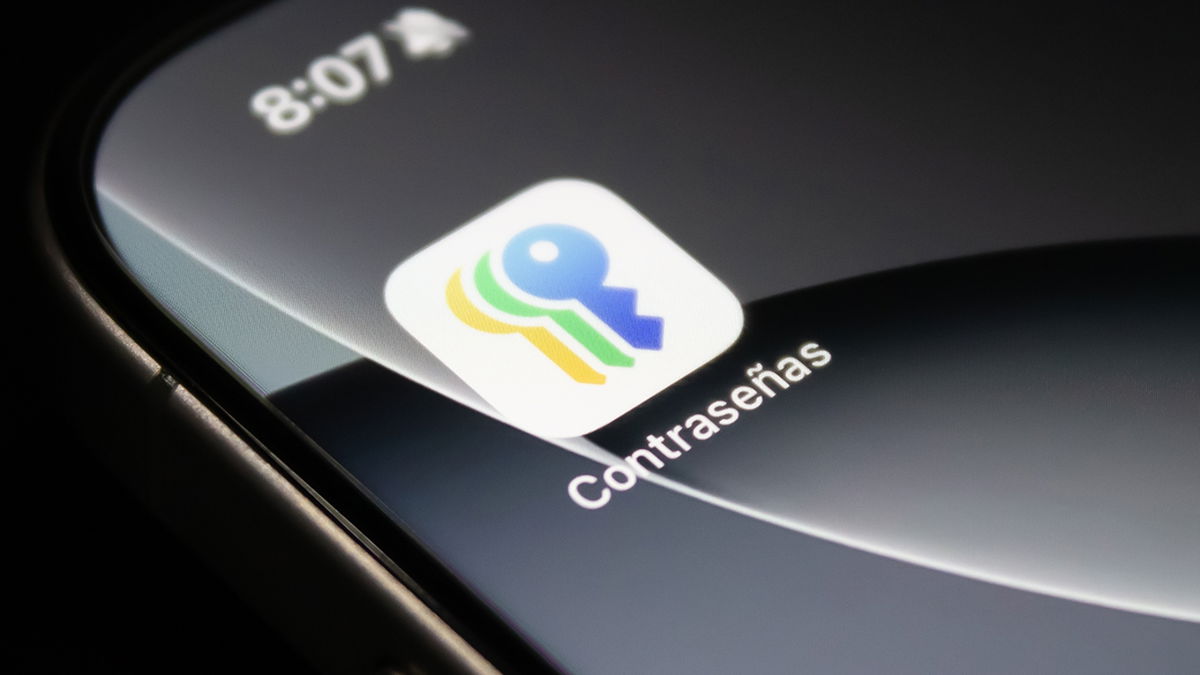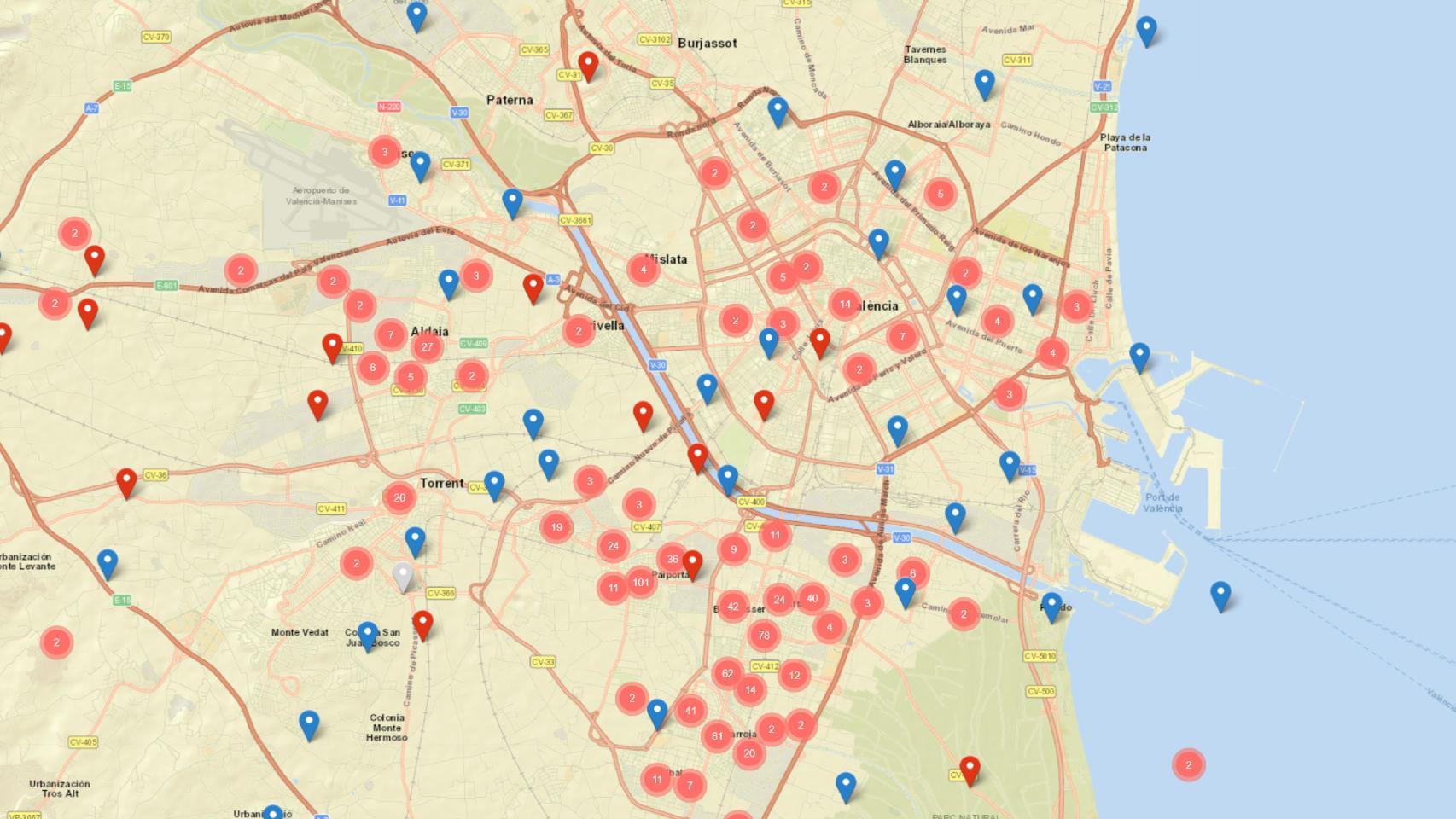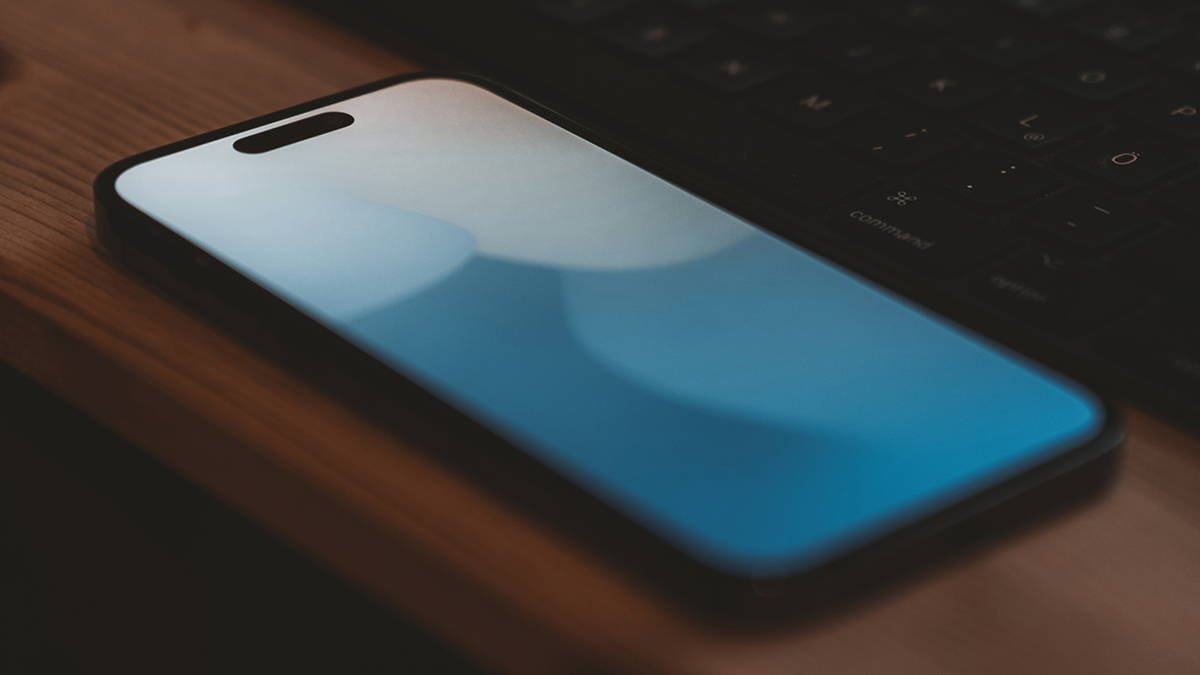It was like a shooting star. His stay at Apple lasted just over a year, from the morning of February 2, 1996 until Tuesday, July 8, 1997, when he resigned. fed up with how Steve Jobs conspired against him and staged a “coup” to remove him from office. A few months later, Steve Jobs would become interim CEO on September 16. A figure that would finally solidify and give Jobs full powers as CEO.
We talked about Gilbert Frank Amelio and it was much more than a power role at Apple. He was a pivotal figure in the expansion of the semiconductor market and some of his achievements are still celebrated today, although Jobs never expressed any particular sympathy towards him. Actually, Gil started as a supplier. His decision to join the board came from Mike Markkula, the first Apple investor to renounce Jobs. Markkula admired his figure and his ability to lead the semiconductor market. So how did he get there, why did he serve as CEO for such a short time?
Gilbert Frank Amelio arrived at Apple mortally wounded
Born to Italian parents, Amelio grew up in Miami and graduated with a degree in physics. Holder of a master’s degree from the Georgia Institute of Technology, his first years were spent at Bell, the legendary Graham Bell factory and currently owned by Nokia. He would later work at Fairchild Semiconductors around 1971 and become the visible face of National Semiconductor., one of the key elements in the rise of American semiconductor production, thwarting the unstoppable growth of its Japanese counterparts. Without Amelio, Silicon Valley’s struggle and expansion as the computing brain of the planet would not be understood.
When he joined Apple, he did so in a rather unstable “political” position. He succeeds Michael Spindler with a salary of $990,000 plus bonus, $5 million loan and a check for another $100,000 for private flights. A very conservative waste if you look at the Apple of the time: 1997 began with a 32% drop in sales, which resulted in a loss of $120 million.
Amelio was said to be an infallible manager, capable of saving an Apple which was going through several financial bankruptcies, incapable of developing its own operating system, losing its identity and its “mojo” compared to other brands like Bill Gates’ Microsoft, in a corporate environment that is as competitive as it is unhealthy. What was missing, as has been said many times in the past, were ideas. And your decision to acquire NeXT was momentous.
But as soon as he arrived, things started to go wrong: he complained about the company’s lack of liquidity and a certain “adolescent” attitude on the part of several heads of certain departments. The reality is that during his mandate certain commercial alliances were strengthened but Stocks fell steadily, hitting 12-year low. Apple lost another $708 million in six months. It was a different and strange business.
The new Apple would once again be that of Steve Jobs


Apple management began considering the acquisition of several companies to pay off the massive debt, including BeOS and NeXT. Apple didn’t want to pay more than 125 million for BeOS
NeXTSTEP, an object-oriented Unix system with an advanced graphical interface, became the basis for macOS development. NeXT gave Apple the wings it needed: new ideas, independence and its own operating system. There is a note to clarify: Jobs’ return was never anticipated in the acquisition. However, Steve wasn’t going to “give away” his toy at any cost: understanding the vision he had for the project meant, almost inextricably, hiring him as well.
For years, Steve Jobs categorically denied his participation in the Amelio March, although the facts tell a different story, a plot in which Larry Ellison was also involved. Luckily, Apple has overcome this obstacle and today faces the future with completely new challengeslike these Vision Pro which we hope will soon arrive in USA, and even with this long-range electric car which will mark the company’s next step in a radically different market.
In Applesfera | The day Steve Jobs sold a NeXT computer to Juan Carlos I in less than five minutes
In Applesfera | “I solve your problem and you pay me”: the day Steve Jobs paid $100,000 for a logo that divided experts










